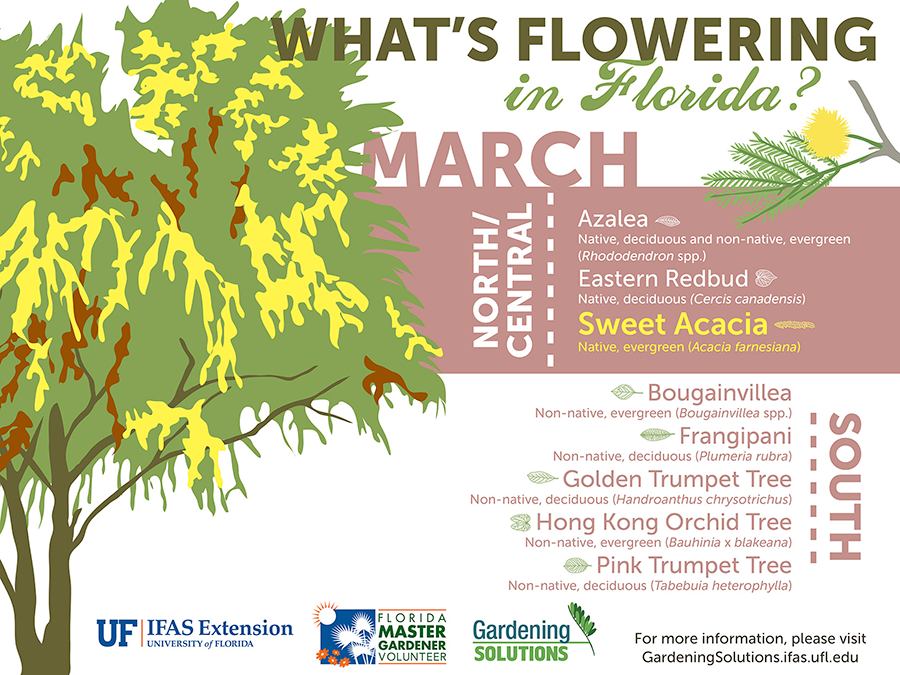Seasonal Tree Management: Strategies For Taking Care Of Trees Before And After Their Removal
Seasonal Tree Management: Strategies For Taking Care Of Trees Before And After Their Removal
Blog Article
Post Composed By-
When it comes to seasonal tree treatment, guaranteeing proper monitoring before and after removal can substantially affect the health and visual appeals of your landscape. By comprehending the required actions involved in evaluating tree health and planning for removal, you can proactively safeguard your residential or commercial property. But what regarding the important methods to follow when the tree is gone? Stay tuned to uncover the crucial post-removal treatment steps that will help you grow a successful and sustainable setting for your trees.
Pre-Removal Tree Treatment
Prior to attending to the elimination of a tree, it's critical to focus on pre-removal tree treatment. Beginning by analyzing the tree's health and architectural honesty. Search for signs of condition, bug invasions, or any structural concerns that might pose a security threat throughout elimination. It's vital to seek advice from a qualified arborist to establish the most effective course of action.
Trimming your domain name or diseased branches can prevent more damages to the tree and make sure a smoother removal procedure.
Furthermore, consider the ecological effect of removing the tree. Trees play a vital function in our community, so planting a brand-new tree in an ideal area can assist counter any type of loss. Ensure that you have the needed permits and authorizations for tree removal, especially if the tree is safeguarded by regional laws.
Seasonal Maintenance Tips
Evaluating your tree's demands throughout the year is crucial for its wellness and longevity. To keep your trees in top condition, comply with these seasonal upkeep suggestions.
In spring, focus on pruning to eliminate dead or damaged branches and urge new growth.
Summertime calls for normal watering, particularly throughout droughts, to ensure your tree stays hydrated.
As autumn strategies, keep an eye out for early signs of illness or tension, and consider applying mulch to secure the origins throughout winter months.
In winter months, beware when removing snow from branches to stop damage, and remain to monitor your tree's overall wellness.
Remember to adjust your treatment regular based upon the certain requirements of your tree varieties and neighborhood environment. By staying attentive and proactive throughout the seasons, you can assist your trees grow and flourish for many years ahead.
Post-Removal Tree Treatment
To make certain the wellness of your landscape also after tree elimination, proper post-removal care is necessary. After a tree is removed, it's crucial to load the staying hole with topsoil and compact it to stop settling. This will help maintain the integrity of the ground and stop possible hazards in the future.
Think about growing brand-new plant life in place of the eliminated tree to recover the equilibrium and appearances of your landscape. Frequently water the area to advertise the growth of new plants and stop soil disintegration.
Examine the bordering trees for any kind of indicators of disease or anxiety that may have been triggered by the eliminated tree. Keep an eye out for insects that could've been attracted to the previous tree and take preventive measures to safeguard the remaining greenery.
If needed, consult with a specialist arborist to assess the effect of the elimination on the surrounding trees and determine any type of added treatment needed. By complying with these post-removal treatment actions, you can make sure the continued wellness and beauty of your landscape.
Final thought
In conclusion, positive seasonal tree treatment is important for preserving the health and wellness and balance of your landscape. By evaluating arborist definition , pruning, and speaking with an arborist prior to removal, you can ensure a safe process. After removal, filling the hole, growing new vegetation, and normal watering will certainly advertise new growth and avoid erosion. Keep in mind to examine bordering trees for illness and look for more treatment steps from an arborist to maintain your landscape growing.
